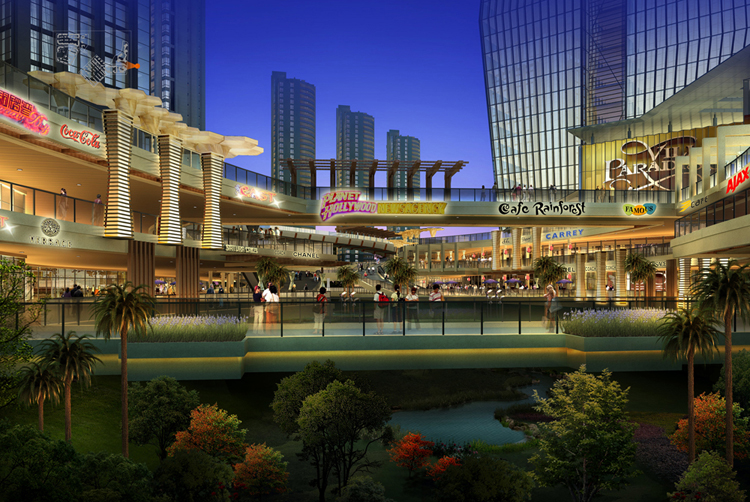 The following piece appears in the new issue of the architecture journal CLOG:RENDERING
The following piece appears in the new issue of the architecture journal CLOG:RENDERING
Urban Fantasies in China: Architectural Visualization
Architectural visualization specialists are the overlooked laborers involved in the vast China urban development program. They differ from architects in that they do not have design training beyond very specific knowledge of software programs such as 3D Studio Max© or the Adobe Creative Suite©. While some Chinese architecture firms employ in-house visualization specialists, most rendering work is outsourced to gigantic three-dimensional modeling studios.
Stepping into one of these studios is much like walking into a factory (one office can employ upwards of one thousand people), but instead of workers assembling widgets along conveyer belts, rows of workers hunch over their desktop computers for hours on end, producing images to be used in presentations to high-level officials or real estate marketing brochures. Just as in a factory, workers are assigned to one specific task: three-dimensional modeling, rendering (material and camera view selection) or post-production work in Adobe© Photoshop© – there is no overlap in roles. View full post »
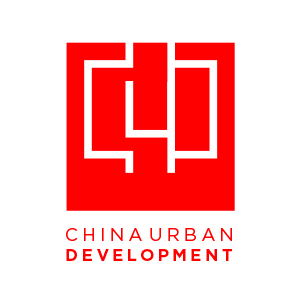

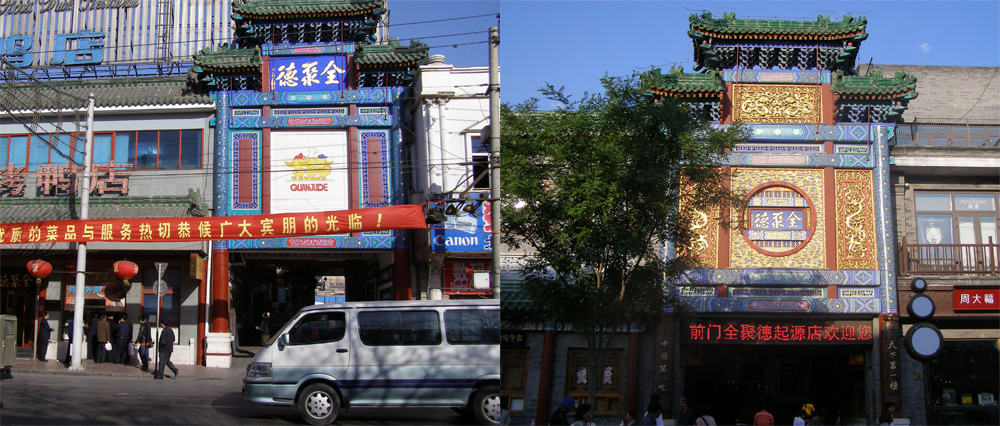 Before and After Photos of ‘Quanjude’, a famous Peking Duck Establishment in Qianmen Since 1864
Before and After Photos of ‘Quanjude’, a famous Peking Duck Establishment in Qianmen Since 1864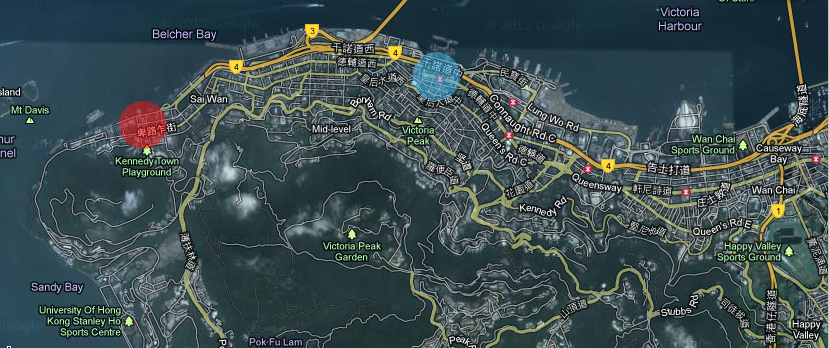 Blue Dot = Current Western Extent of MTR Hong Kong Island Line (Sheung Wan) Red Dot = Terminus of Island Line Western Extension To Open in 2014 (Kennedy Town)
Blue Dot = Current Western Extent of MTR Hong Kong Island Line (Sheung Wan) Red Dot = Terminus of Island Line Western Extension To Open in 2014 (Kennedy Town) Infographic Courtesy of
Infographic Courtesy of 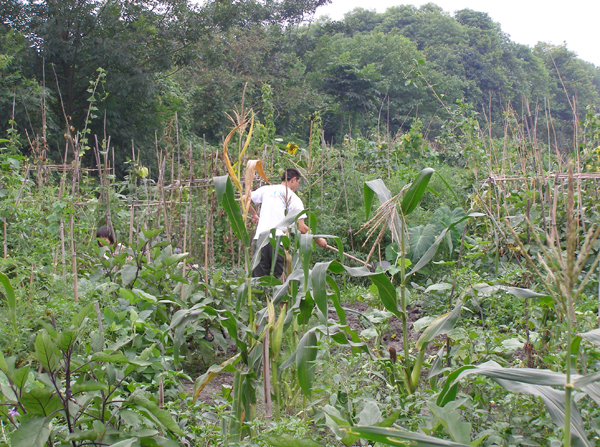
by Adam Mayer
msasch - too short, would have loved to hear you really go off on this. but as is a tantalizingly interesting look into that world.
Adam Nathaniel Mayer - Sascha, unfortunately the guidelines for the journal in which this piece was included called for entries to keep to a 500-word max limit. But you are correct in that I could’ve elaborated a lot more on the subject.
It is not all bad, in a sense: as designers we need to show our clients renderings so they can understand what they are paying for. I worked with highly skilled rendering specialists in China, but the key was in being very vigilant about what they represent in these images because without guidance they would’ve more than likely relied on too much ‘copy and paste’.